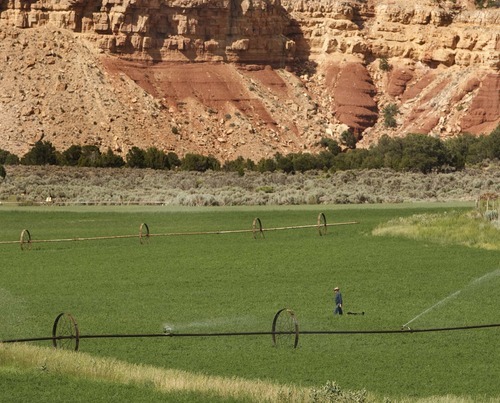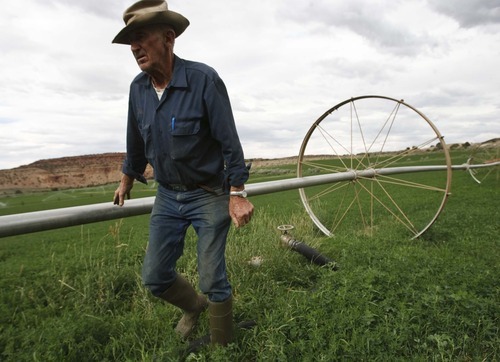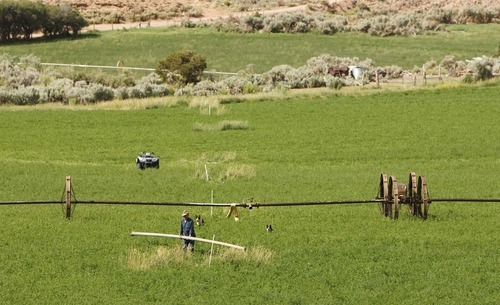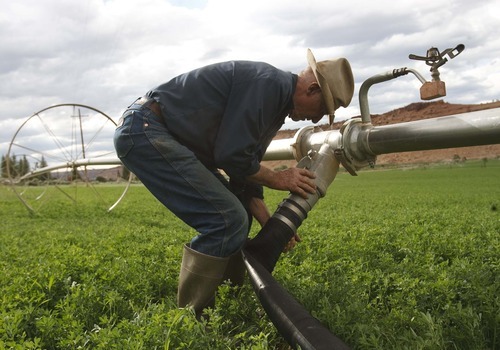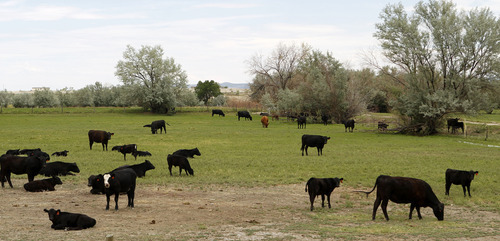This is an archived article that was published on sltrib.com in 2012, and information in the article may be outdated. It is provided only for personal research purposes and may not be reprinted.
The U.S. Department of Agriculture has declared four more counties in Utah primary disaster areas because of damage and losses caused by drought and excessive heat, bringing the number of designated counties in the state to 20.
The additional counties are Garfield, Kane, Wasatch and Wayne. They are among 39 in eight states added to a list of more than 1,000 nationally that have come under the largest such declaration ever by the USDA.
Utah counties that made the initial list earlier this month were Box Elder, Carbon, Daggett, Duchesne, Emery, Grand, Juab, Millard, San Juan, Sanpete, Sevier, Summit, Tooele, Uintah, Utah and Washington.
Utah's remaining nine counties have been declared vulnerable because of their proximity to primary disaster areas.
The disaster designation means farmers and ranchers are eligible for emergency low-interest loans to help them weather the drought, wildfires and other issues. About $39 million is available under the program nationwide.
Under the declaration, the federal government is streamlining the process for farmers and ranchers to apply for government disaster help and lowering the interest rate on emergency loans to 2.25 percent from 3.75 percent to combat the widest drought in years. The government also is reducing penalties for grazing livestock on land set aside for conservation.
Other affected states in this week's declaration were Arkansas, Georgia, Indiana, Mississippi, New Mexico, Tennessee and Wyoming.
Earlier this month, the USDA designated 1,297 counties across 26 states as disaster areas — about a third of the counties in the entire country on land covering half the nation. The agency also designated the entire state of Missouri a disaster drought area in response to a request from the state's governor.
"Our hearts go out to all of those affected by this drought," said Secretary of Agriculture Tom Vilsack. "President Obama and I are committed to ensuring that agriculture remains a bright spot in our nation's economy by sustaining the successes of America's farmers, ranchers, and rural communities through these difficult times."
The U.S. Drought Monitor reports that 61 percent of the continental United States is in a moderate to exceptional drought.


